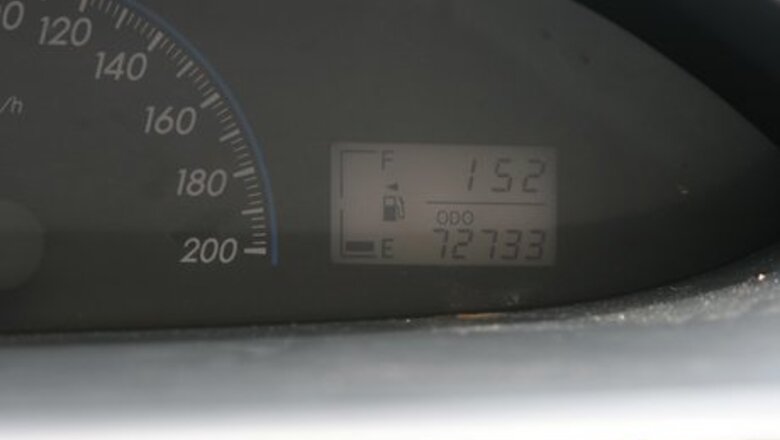
views
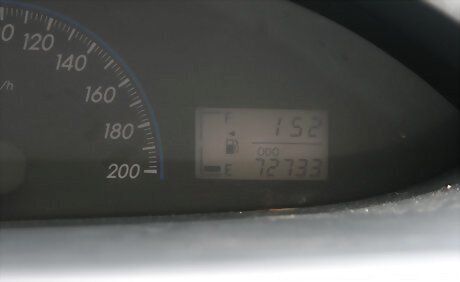
Examine the odometer for the number of miles. Automobiles average about 12,000 miles a year. For example, if a car is 5 years old but has far fewer than 60,000 miles, the odometer may have been tampered with. Look closely at the numbers on the odometer. Some auto makers program odometers to show an asterisk if the mileage is changed. General Motors mechanical odometers have a black space between the numbers. If you see a white or silver space, the GM odometer probably has been changed.
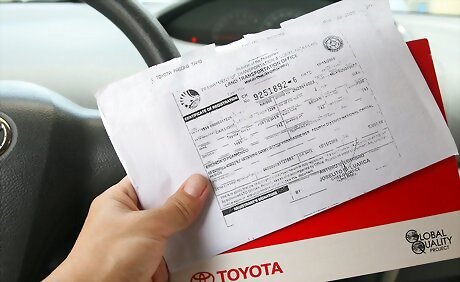
Ask the seller to show you the original title, not a duplicate. If the title is from out of state or brand new, it may be a case of title washing or title fraud, and the mileage given may be false. Be sure to examine the title's mileage number closely and look for smudging or other tampering. The title should show the mileage in crisp type on a clean background.
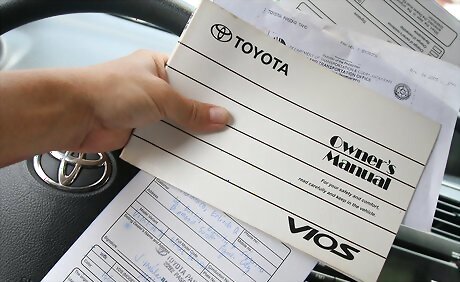
Ask to see oil change and maintenance receipts and inspection stickers. Examine the mileage on the receipts and inspection stickers and compare to the odometer. Inspection stickers can be found on door frames or windows.
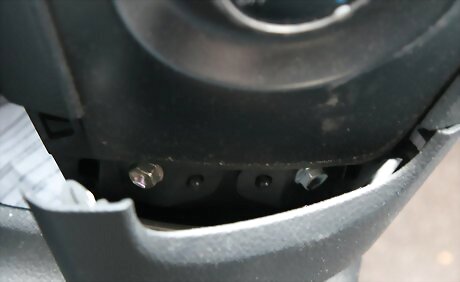
Look for missing screws on or near the dashboard. If the dashboard isn't put together perfectly, the odometer may have been tampered with.
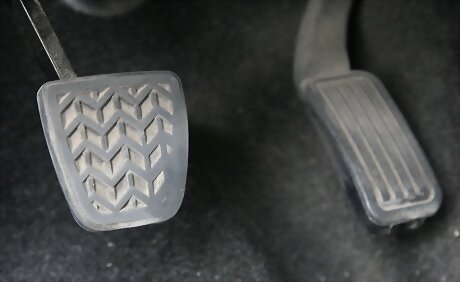
Inspect the brake pedal and floor mats. If either is badly worn but the odometer has low mileage, it may be a case of odometer fraud.
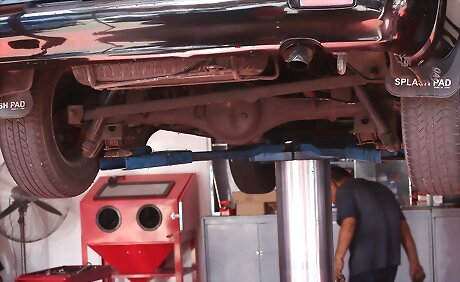
Take the vehicle to a mechanic and ask him to examine the car for wear and tear. A mechanic knows what parts would be original on an older car. For example, a car's odometer may say 30,000 miles. Beware if the car has new parts that ordinarily would not be replaced until 60,000 miles. This may indicate odometer tampering.
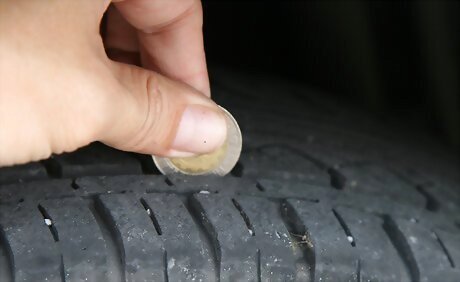
Measure the depth of the tread on the car's tires. If the odometer says 25,000 miles, the car should still have its original tires, with tread deeper than than 2/32 of an inch (1.5875 mm). Ask the mechanic to check tire tread with a depth gauge. You can check tire tread depth yourself using a penny. Insert the penny into the tread upside down. If Abraham Lincoln's head is partly covered, the tire has more than 2/32 of an inch.

















Comments
0 comment